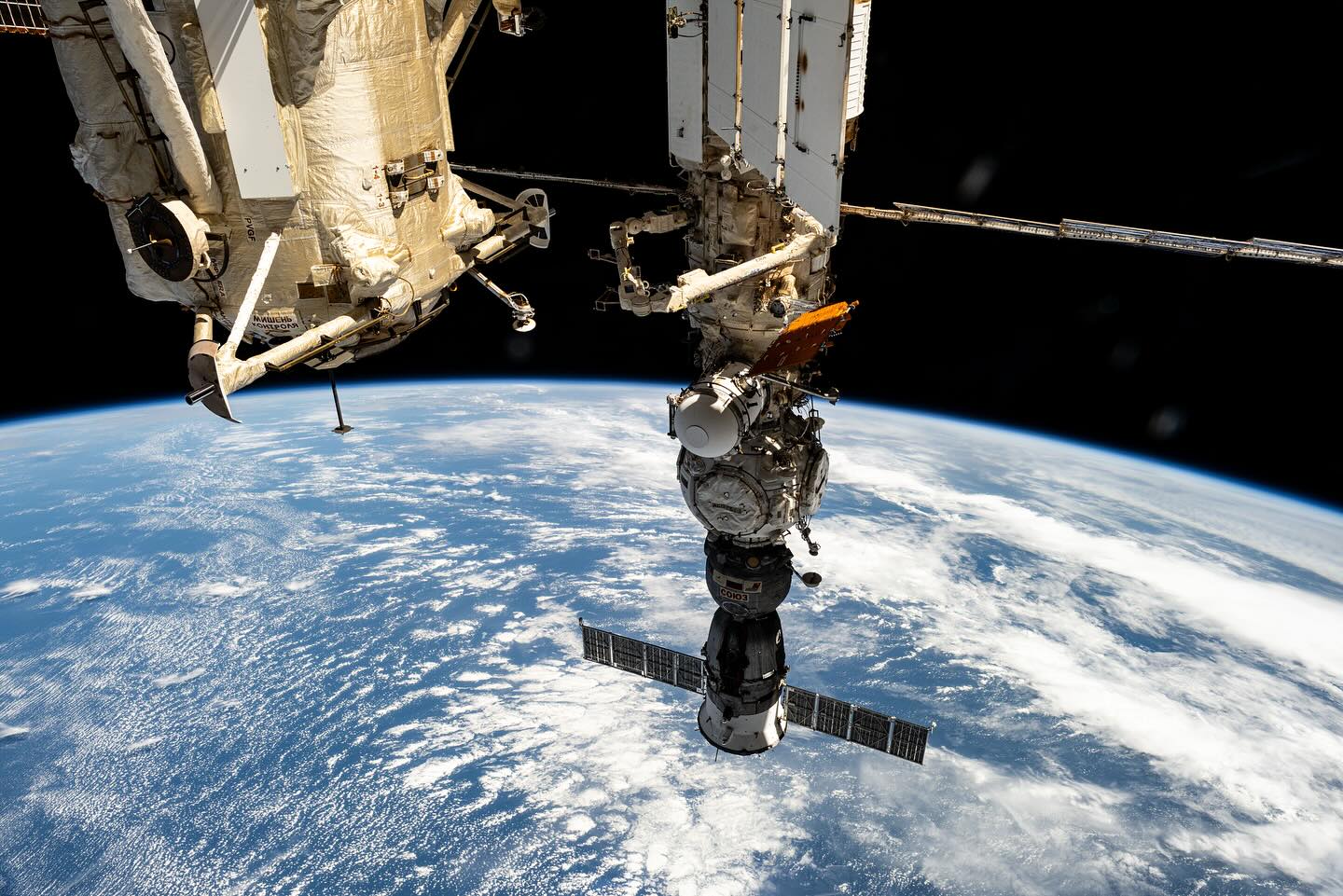On July 17, 2025, the IGNIS mission aboard the International Space Station (ISS) successfully concluded — marking the end of one of the most significant undertakings in the history of Polish science. The mission redefined our country’s place in the global technological race. It stands as a major achievement not only for Sławosz Uznański-Wiśniewski, who conducted Polish research in space as an astronaut with the European Space Agency, but also for the nearly one thousand individuals from universities, research institutes, start-ups, and international partners who contributed to the mission.
For the first time in history, experiments designed by Polish scientists were comprehensively tested by a Polish astronaut on board the ISS. This represents a major milestone in the development of Poland’s research and innovation potential — and a symbolic return to the ranks of global space leaders.
As part of the IGNIS mission, 13 research experiments were conducted, covering diverse fields such as space psychology, microbiology, biotechnology, materials engineering, artificial intelligence, and telemedicine. Researchers explored, among other things, the effects of microgravity on the human microbiome, analyzed EEG neurofeedback under space-induced stress, tested AI-driven diagnostic algorithms, and examined innovative materials designed for use in space.
One of the most groundbreaking projects was the “Stability of Drugs” experiment, conducted by the Polish Academy of Sciences’ Center of Polymer and Carbon Materials. The study examined the stability of advanced drug delivery systems made from biodegradable polymers under extreme conditions of space. Its findings could revolutionize the treatment of astronauts on long-duration missions — and pharmaceutical therapy on Earth, particularly in the treatment of chronic and oncological diseases, where long-term, controlled release of active ingredients is essential.
The conclusion of the IGNIS mission is a symbolic moment — the culmination of the scientific community’s collective efforts and the beginning of a new chapter in the history of Polish space research.
On July 15, members of the Ax-4 mission — Polish astronaut Sławosz Uznański-Wiśniewski, American astronaut Peggy Whitson, Hungarian astronaut Tibor Kapu, and Indian pilot Shubhanshu Shukla — returned to Earth after their stay aboard the ISS. The Dragon Grace capsule they traveled in splashed down in the Pacific Ocean near San Diego, California (USA). The Ax-4 crew spent 18 days on the space station and 20 days total in space — including the journey to and from the ISS.
“See you in Poland on Thursday!”, wrote Sławosz Uznański-Wiśniewski on social media on Monday, July 21. The Polish astronaut is currently undergoing rehabilitation in Cologne following his 20-day stay in space as part of the IGNIS mission.
“Thank you to the friends and loved ones who came to Cologne. And to all of you — thank you for your messages and every kind word. These past weeks are a part of your story too,” Uznański-Wiśniewski wrote.
After returning from orbit, Uznański-Wiśniewski arrived in Cologne on July 16, where the European Astronaut Centre (EAC) is located. There, at the German Aerospace Center’s (DLR) Envihab facility, he is undergoing rehabilitation, while ESA’s space medicine team monitors his condition and recovery.
Supporters and fans are preparing to welcome the astronaut. Astronomy educator Karol Wójcicki, creator of the Facebook page Z głową w gwiazdach (With My Head in the Stars), has invited the public online to participate in welcoming Uznański-Wiśniewski at the airport. “How about we give the second Pole in space a warm and enthusiastic welcome on Polish soil?” Wójcicki wrote in a Facebook post.






